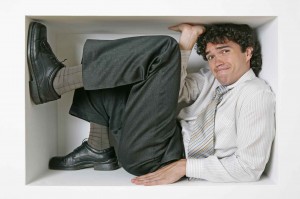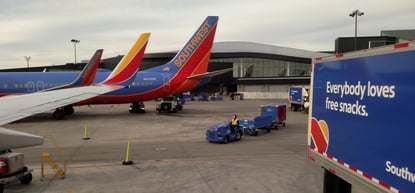 When Southwest Airlines unveiled a new fare structure along with its return to a number-specific boarding process, it was a potential brand deal breaker for me. For someone who had made great sport of flourishing under the old 3 letter boarding process, I envisioned losing out on my fairly regular #1 general boarding position. This coveted spot was secured through strategic thinking, planning, early arrival, relationship building, stamina, and pure competitive spirit.
When Southwest Airlines unveiled a new fare structure along with its return to a number-specific boarding process, it was a potential brand deal breaker for me. For someone who had made great sport of flourishing under the old 3 letter boarding process, I envisioned losing out on my fairly regular #1 general boarding position. This coveted spot was secured through strategic thinking, planning, early arrival, relationship building, stamina, and pure competitive spirit.
Having flown Southwest many times since the modifications, the process change has been great from my perspective. It still favors planning and punctuality, but it’s shifted the strategy to only a few minutes before the check in time 24 hours before the flight, not sitting on the floor for several hours at the airport before departure.
The early arrival, stamina, and relationship building – the most problematic aspects of getting a good seat under the old approach – have all been removed. And having snagged my preferred seating areas even into the lower B group (i.e., 80 people having boarded before me), I don’t mind the competitiveness is pretty much out of the equation as well.
Another bonus has been an upgrade in most Southwest boarding areas, with more comfortable seating and ready access to power outlets. I can only assume that in the Southwest focus on keeping planes flying (and not on the ground), these innovations were to keep people close to the gate and not wandering off to other parts of the concourse. All designed for a higher likelihood of on-time departures.
This is a great example of the emotional connection we have with brands, the apprehension and uncertainty changes to personally important brand dimensions can create for customers, and the ability of re-win customers when creativity leads to a clearly better experience. The Southwest switch was a wonderful case study for how a great brand does this very well.



